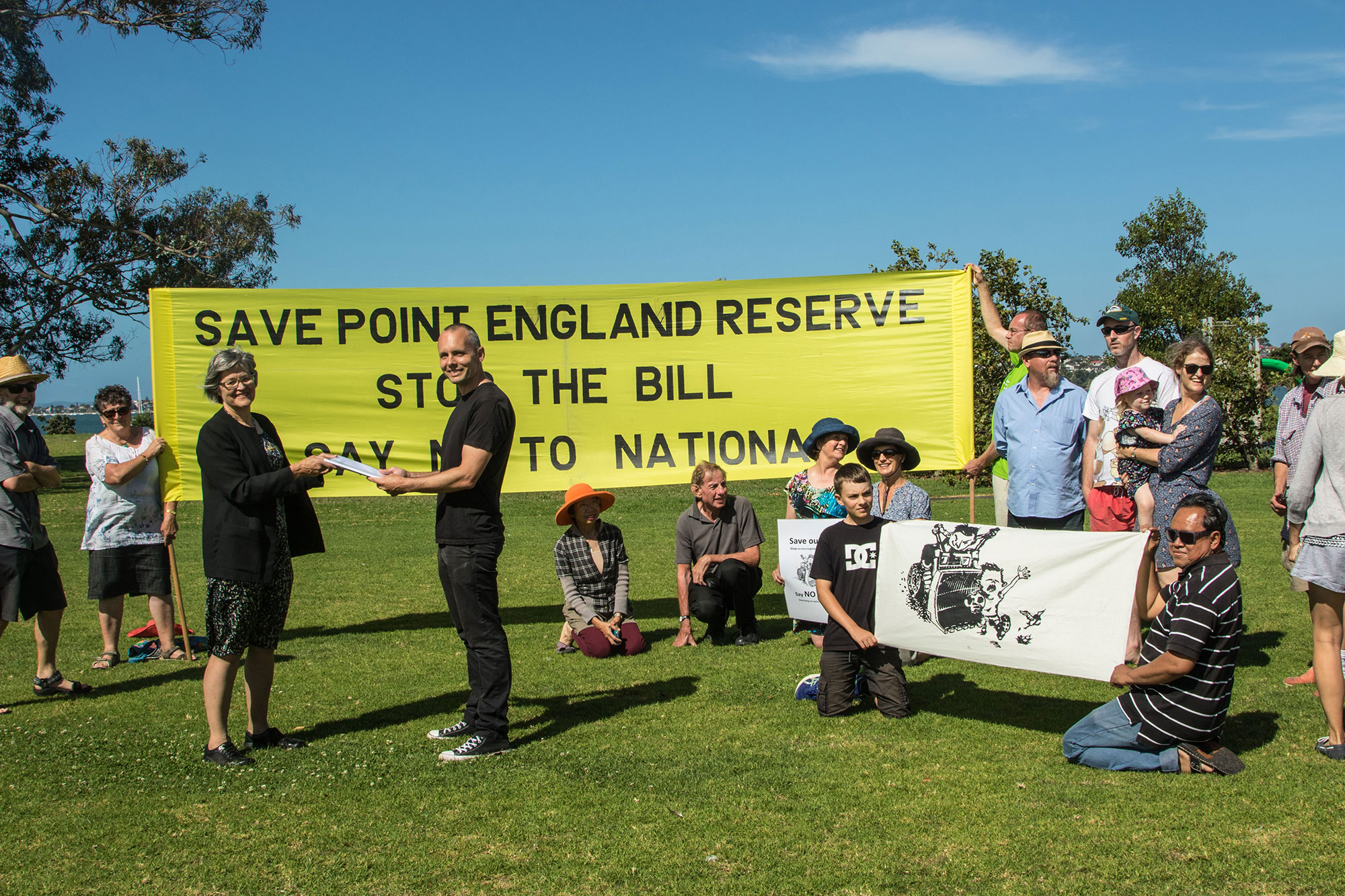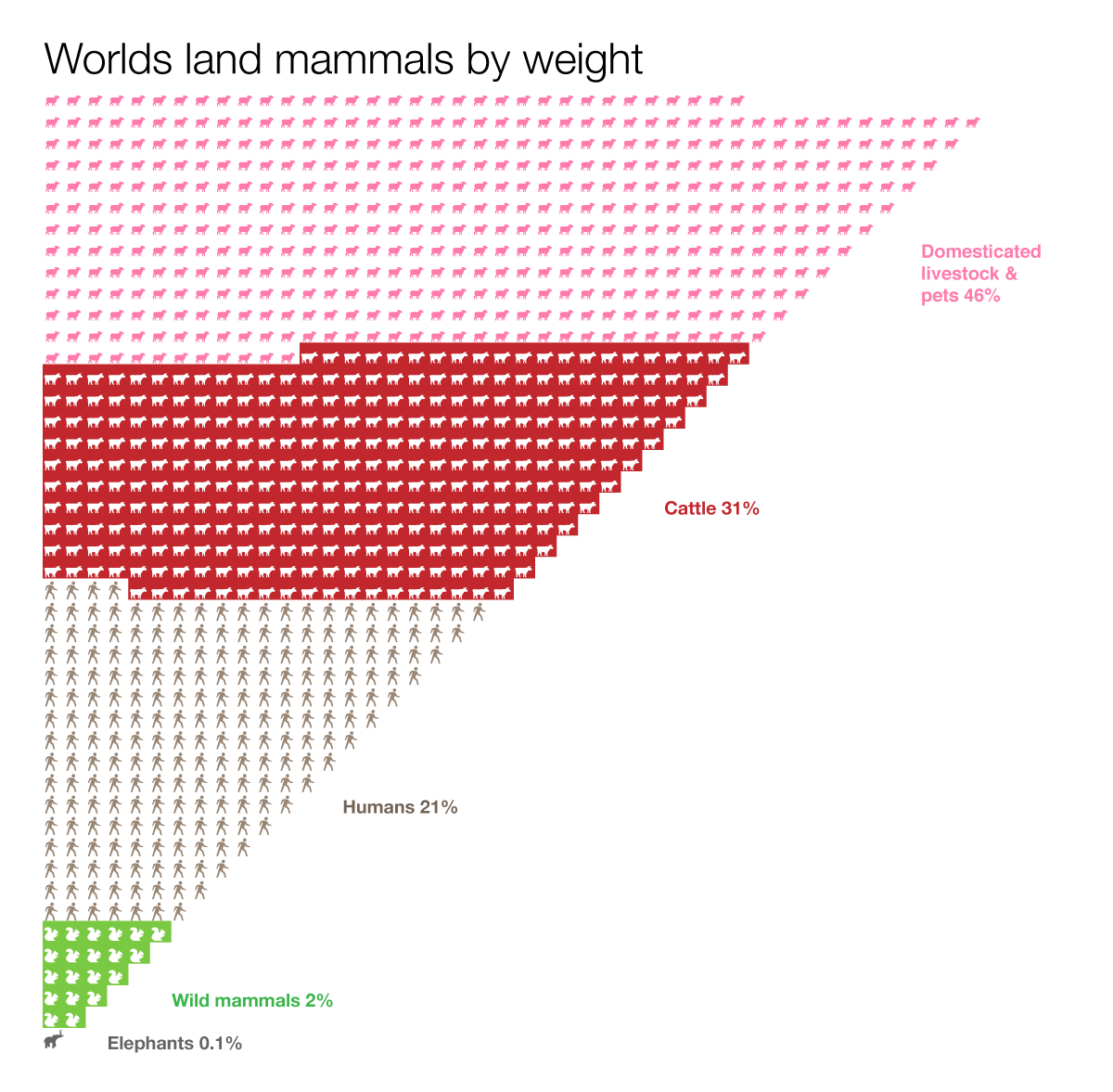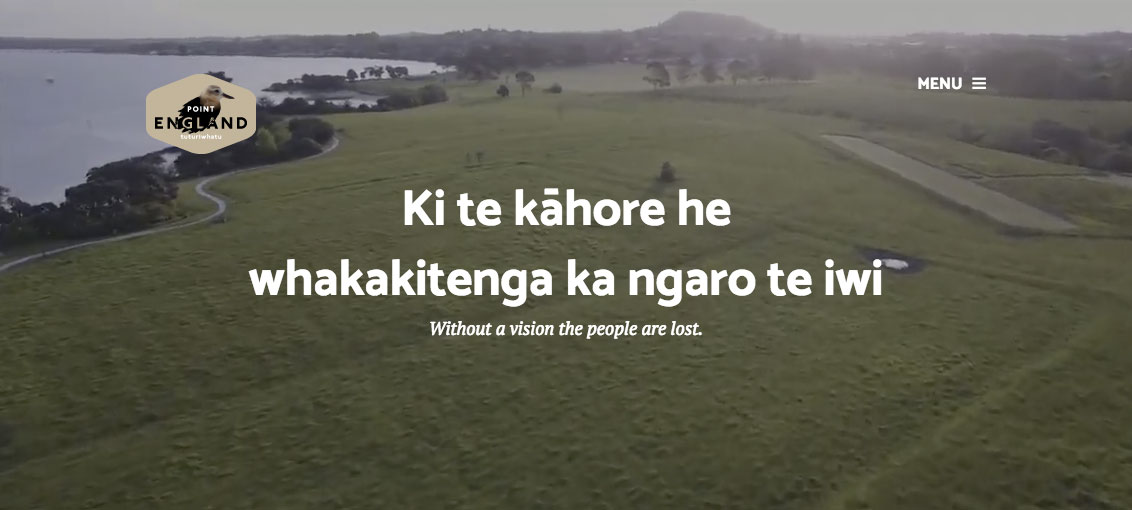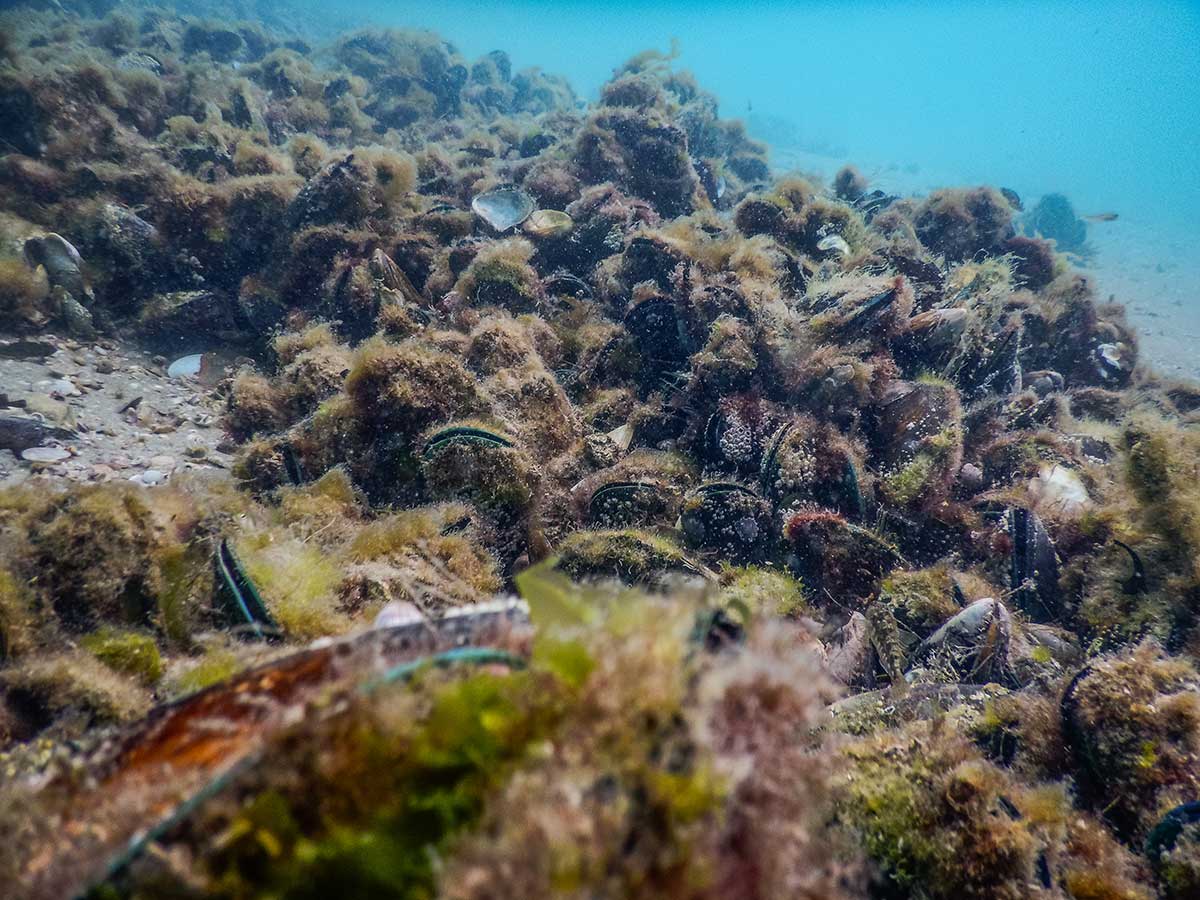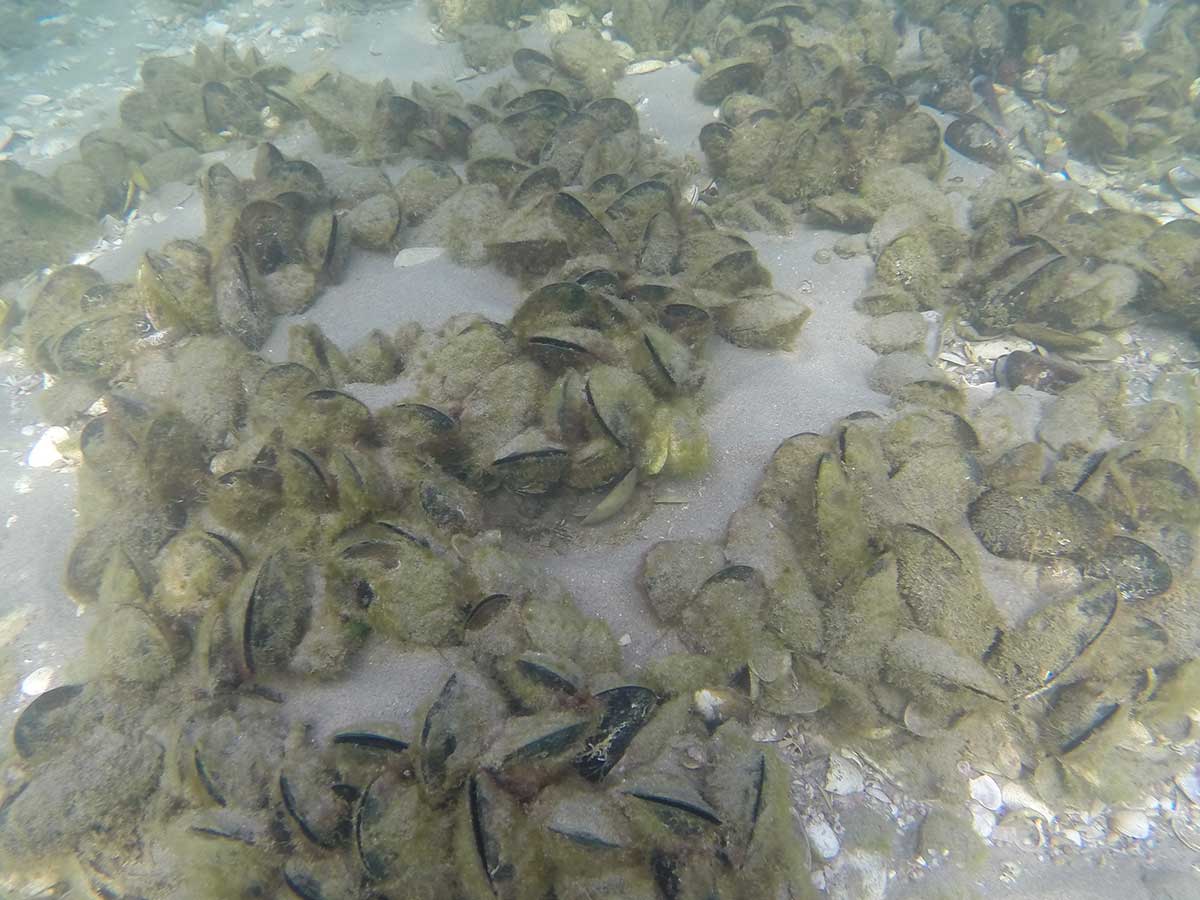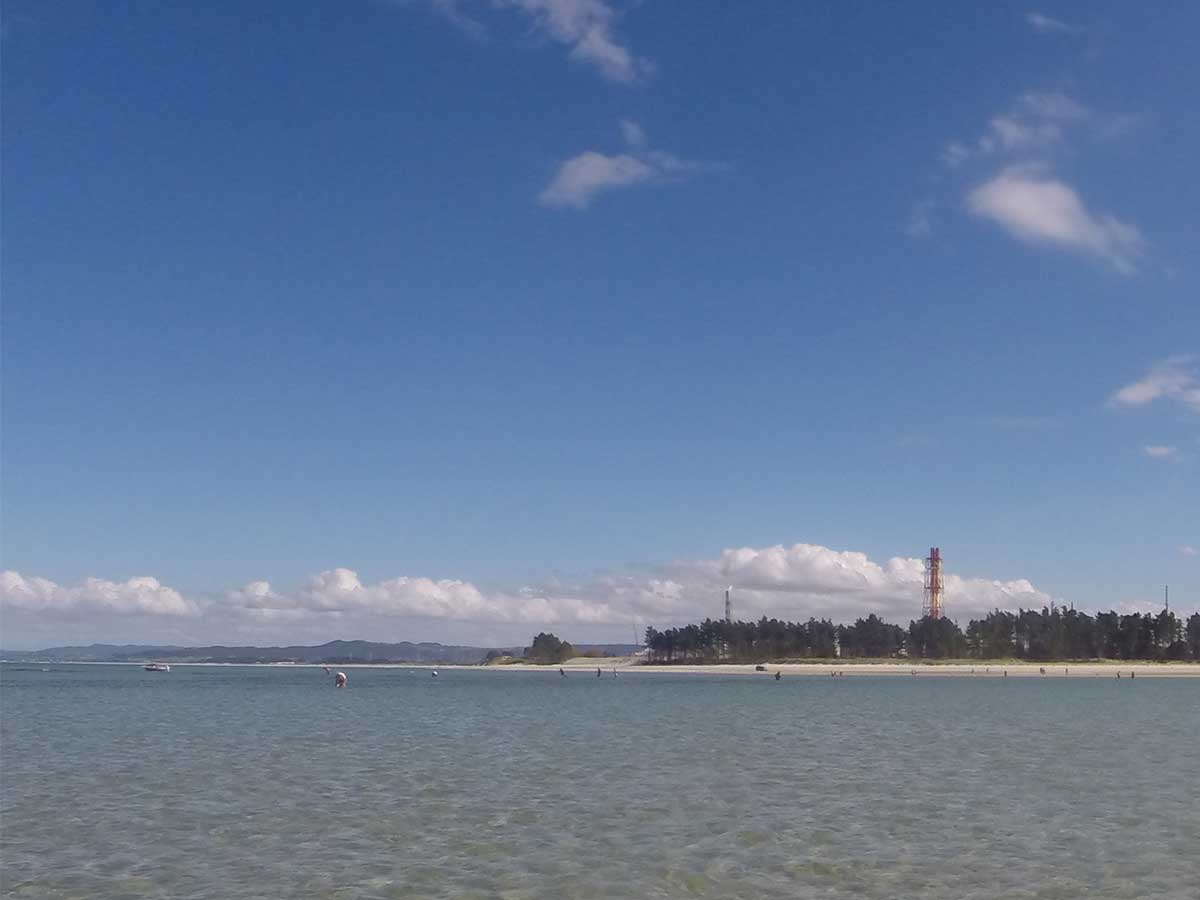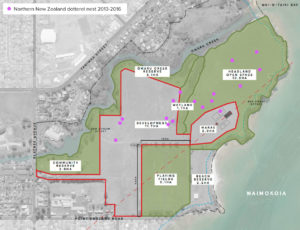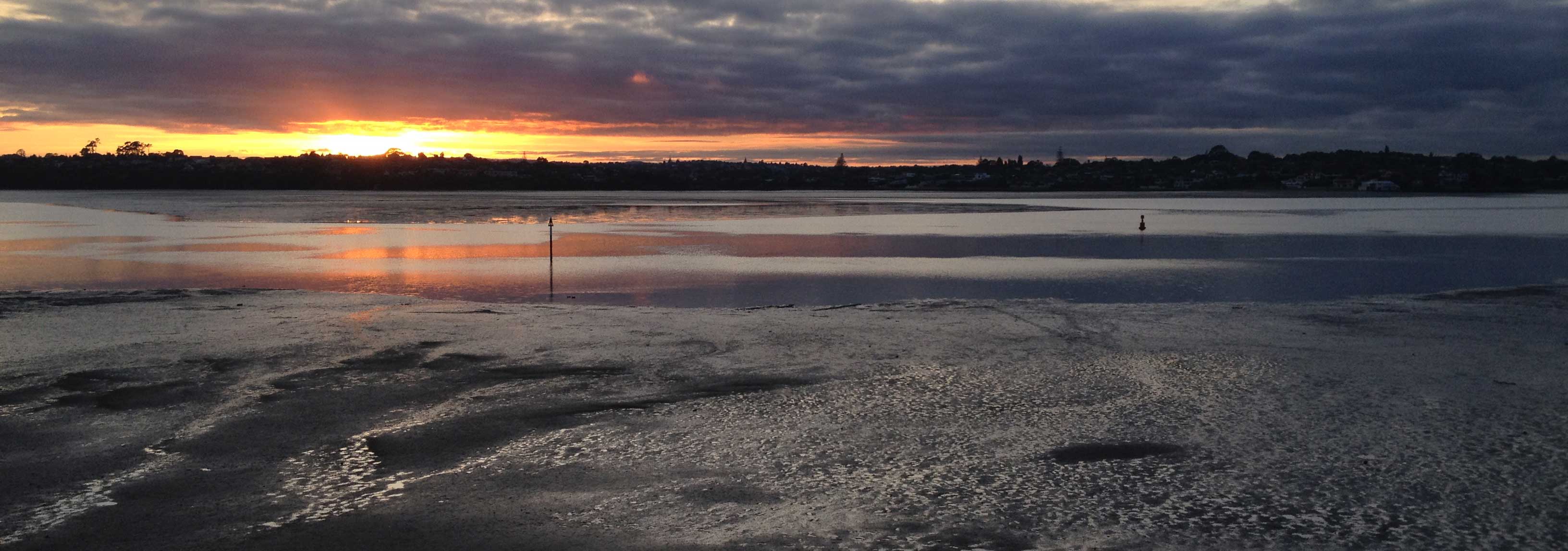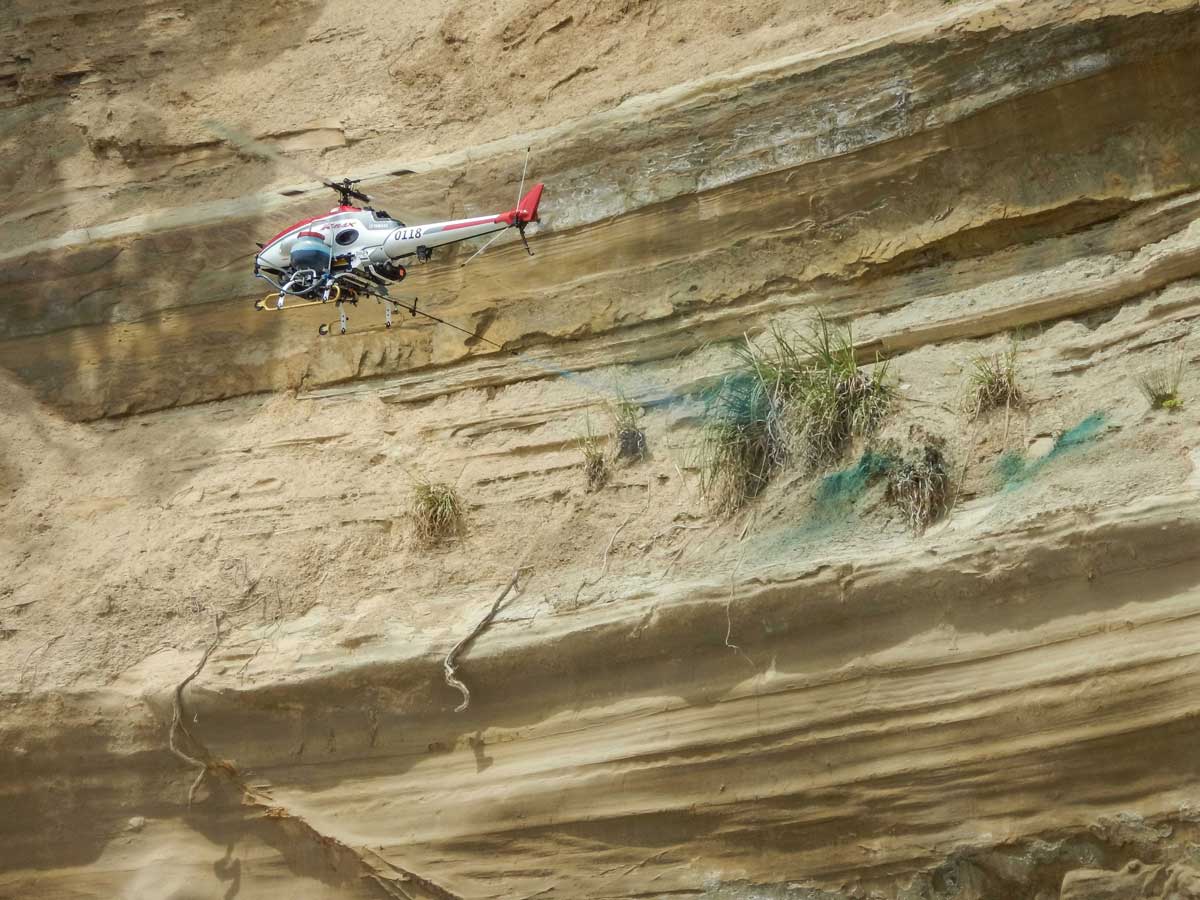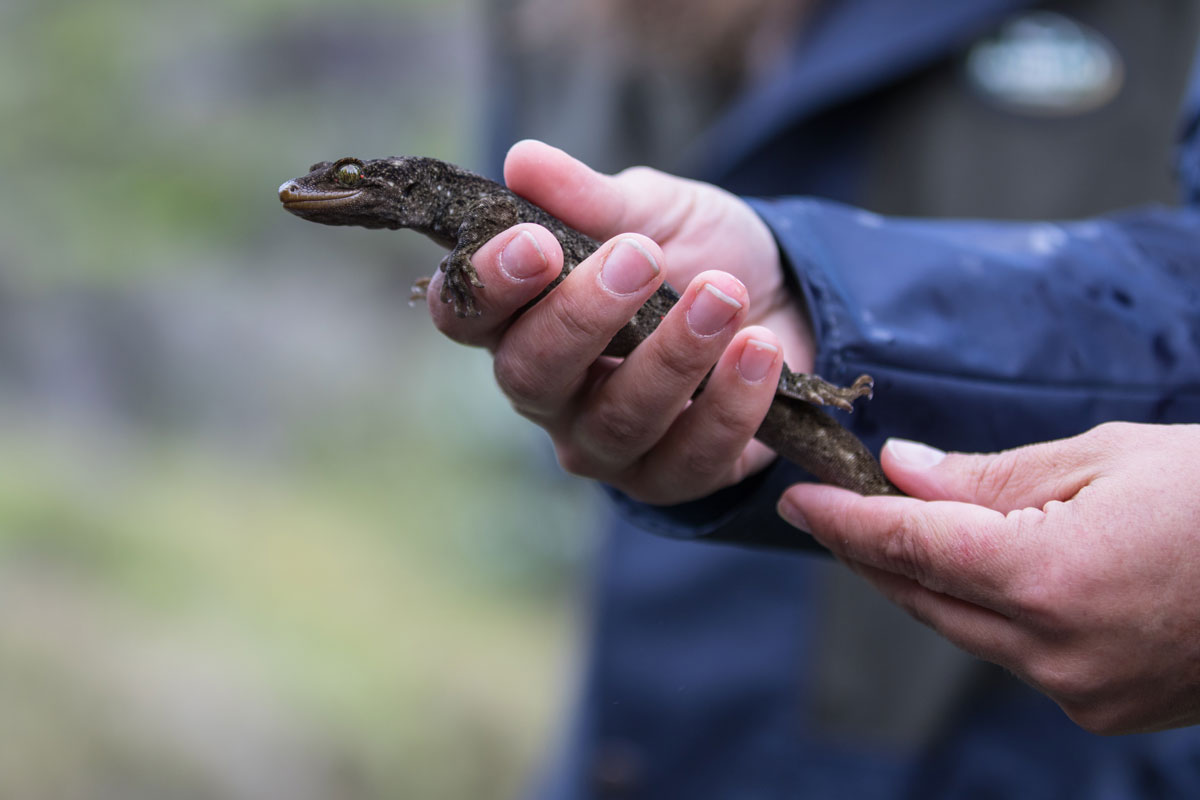Everyone was really impressed with Eugenie Sage when we presented the petition to her at Point England today. I have put together a press release to explain that I didn’t cause the housing crisis (ridiculous!).
Worlds land mammals by weight
Smil, V. 2003. The Earth’s Biosphere: Evolution, Dynamics, and Change, MIT Press
Point England Development Enabling Bill Submission
Today I presented to the Local Government and Environment select committee on the Point England Development Enabling Bill. Link to submission below.
Things I learnt:
- Committee members will not read your submission before hand so make sure you spend most of your time covering your key points.
- You may only have 5 minutes but double if you are an organisation.
- Try and say something unique but the committee definitely needs to hear the same points made twice before they sink in.
- Ask for Powerpoint facilities before the hearing is scheduled.
Ngāti Paoa have been great and let me talk to Morphum who are doing an Environmental Assessment for consenting purposes. No one has made any promises and I am anxious the developers are not incentivised to do right thing for the birds, but I am optimistic. Note the logo on the development website above.
New Zealand’s Dirty Dairy
Natural mussel recruitment
After more than half a century Green Lipped mussels have not returned to the soft seafloor of the Hauraki Gulf. However only 100km north at the mouth of the Whangarei Harbour something magic happened. Out of nowhere a huge bed of mussels appeared. I was slow to document it but here are some photos by Dr. Mary A. Sewell in April 2016.
The bed was quickly consumed. Locals could park their cars a few meters from the beds. There were reports of people turning up with wheel barrows and of cars and boats being confiscated for those who exceeded their limits. The beds have now been decimated, (An MPI officer thinks the beds did not disappear but were greatly reduced in their first season, I did not find the original bed on my first trip). I turned up eight months later at low tide and followed some locals to the remaining beds. They looked like this:
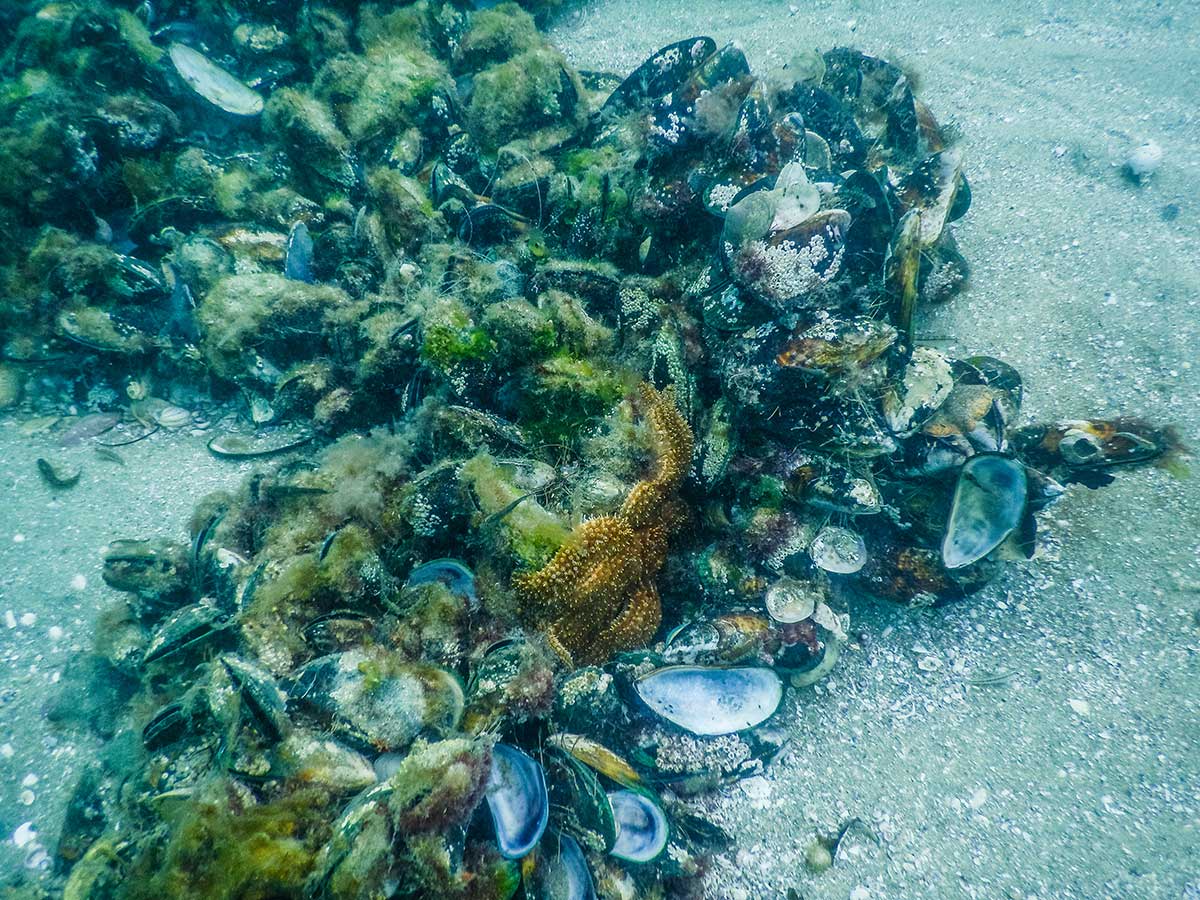
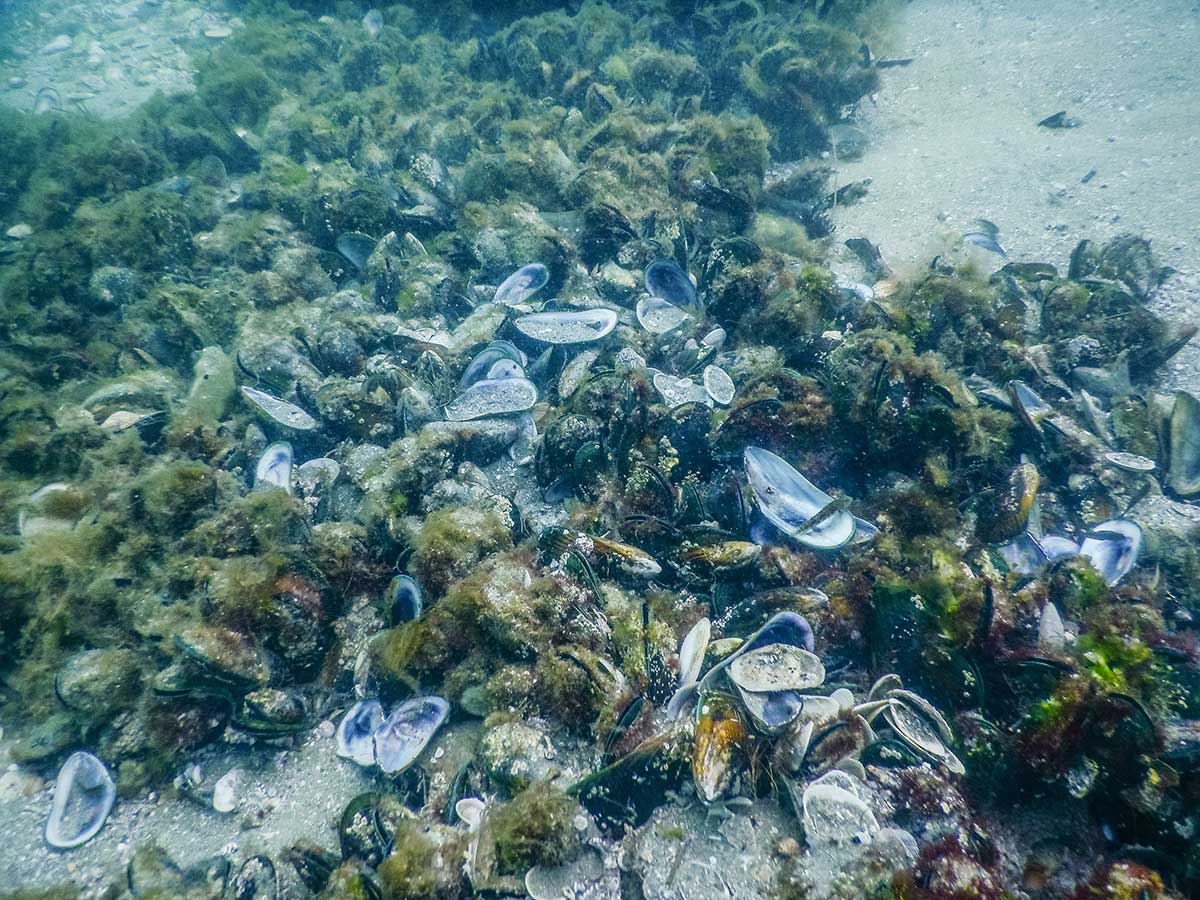
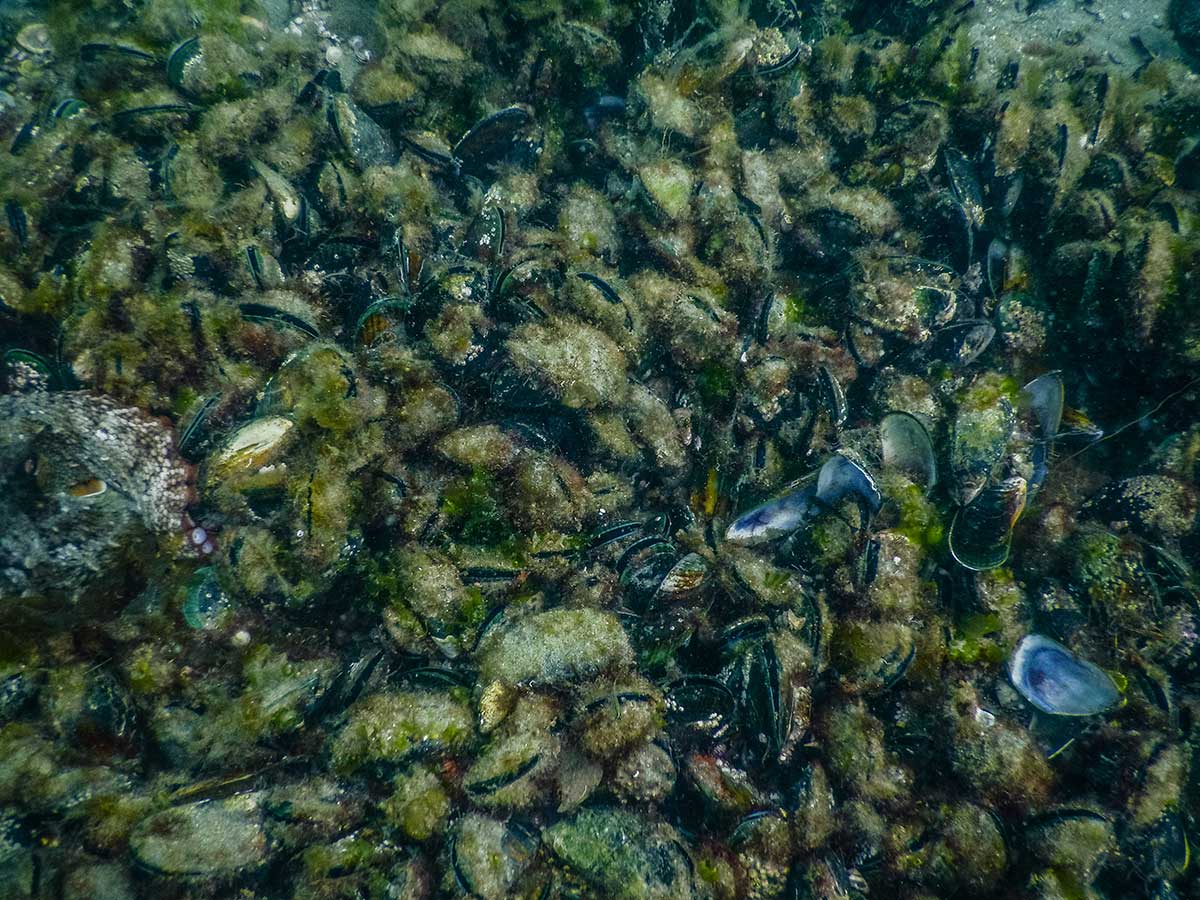
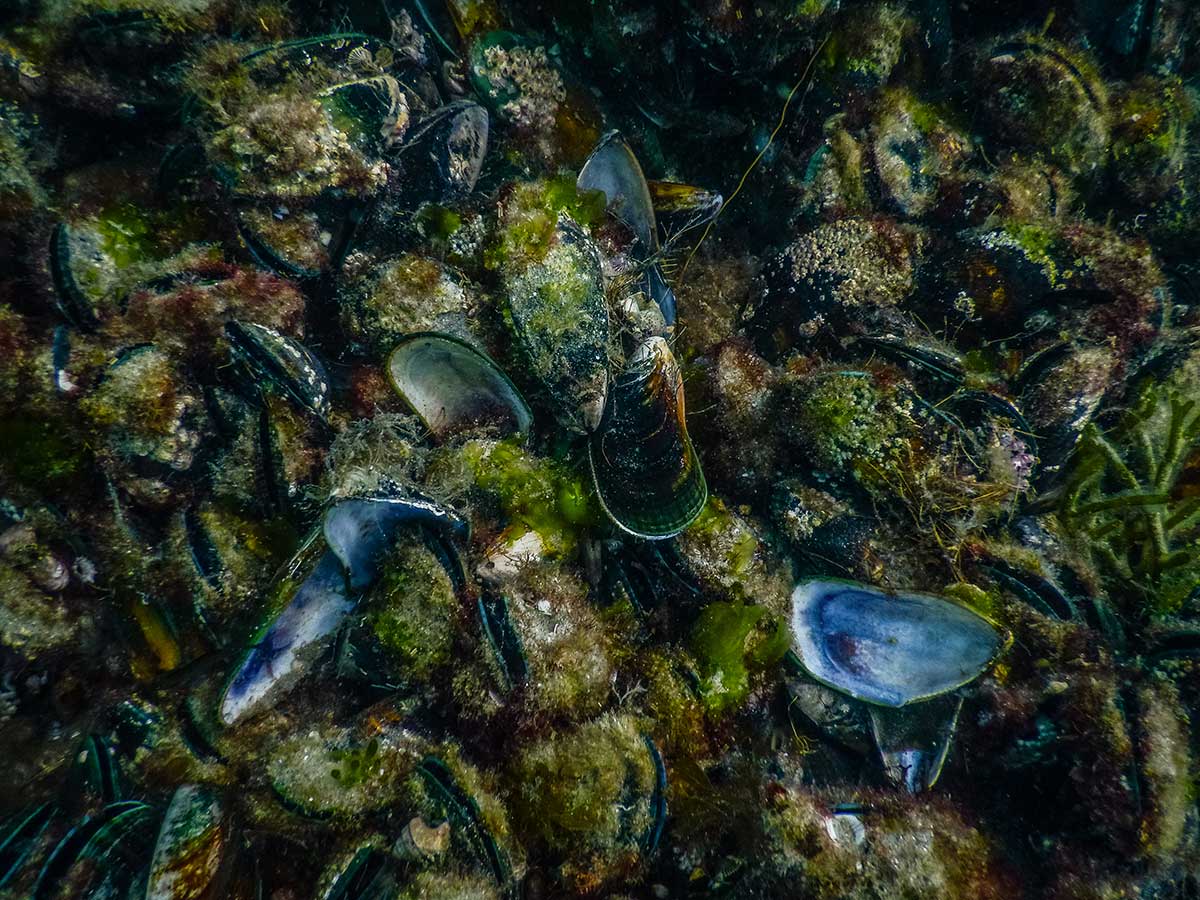
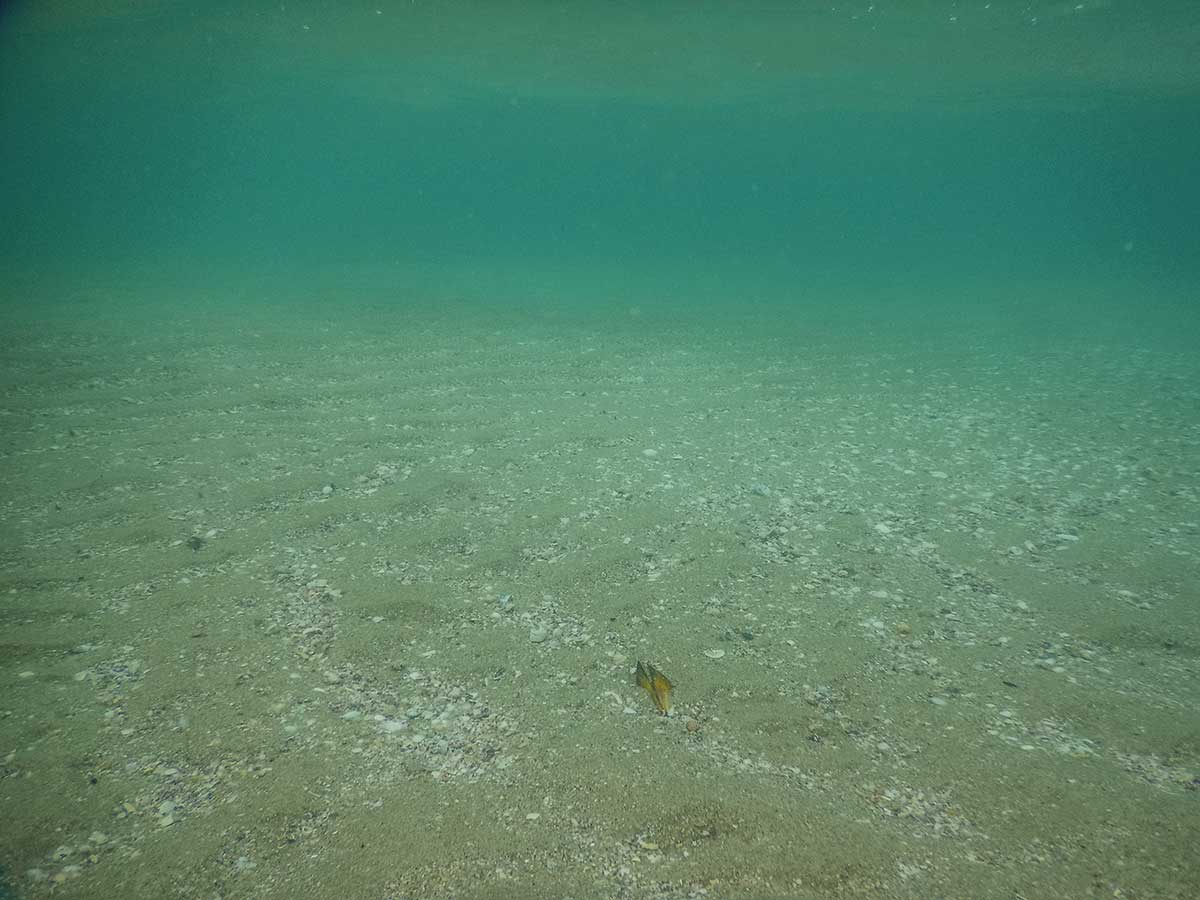
The remaining bed ran along the edge of the drop off about 4m at low tide and supported a wide range of marine life. On my way back to the beach I wondered what conditions bought about this beautiful natural phenomena? There may well have been sufficient spat from mussels growing on the refinery wharf, but did a closure of the cockle beds promote natural the recovery? Could the neighbouring marine reserve have played a part? Was this a once off or part of the recovery of the Whangarei harbour since the Firth cement works has cleaned up its act? Then I spotted these:
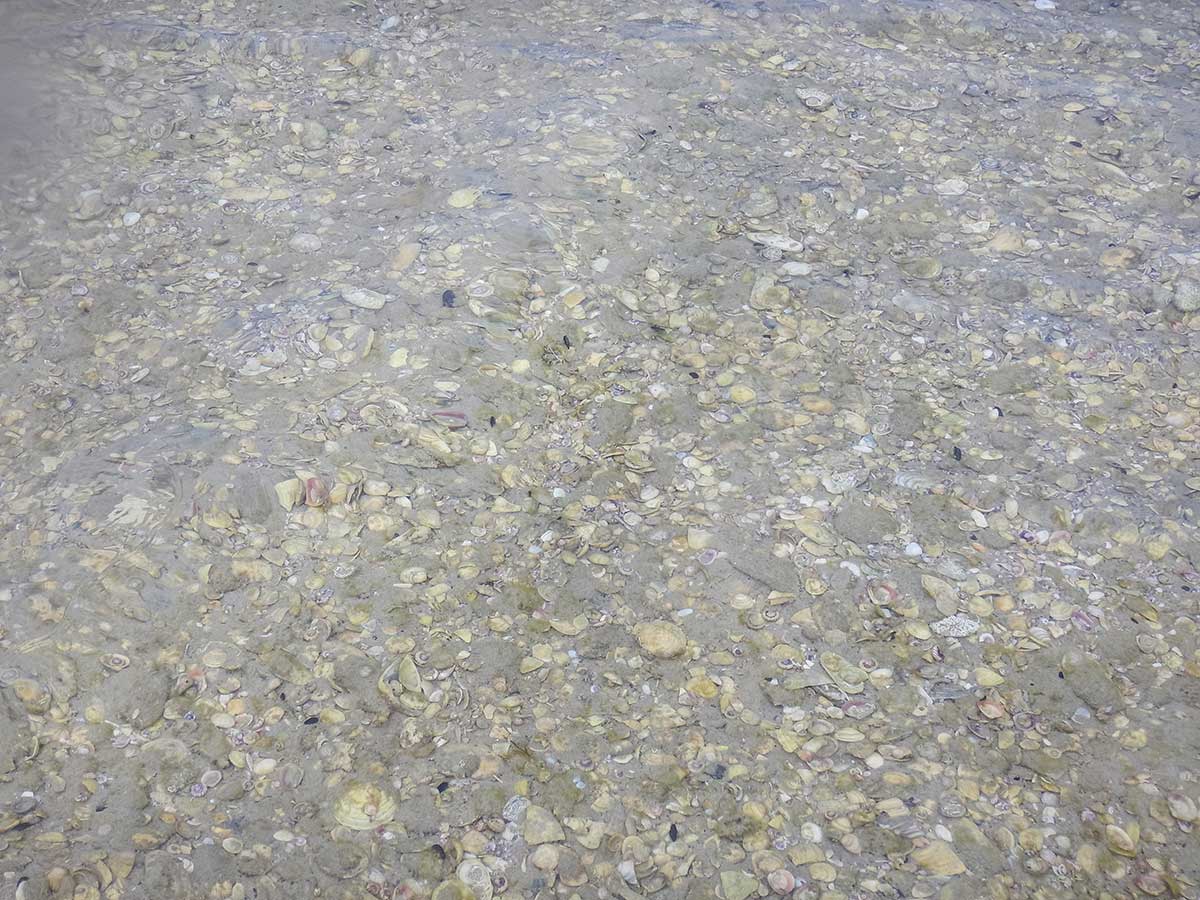
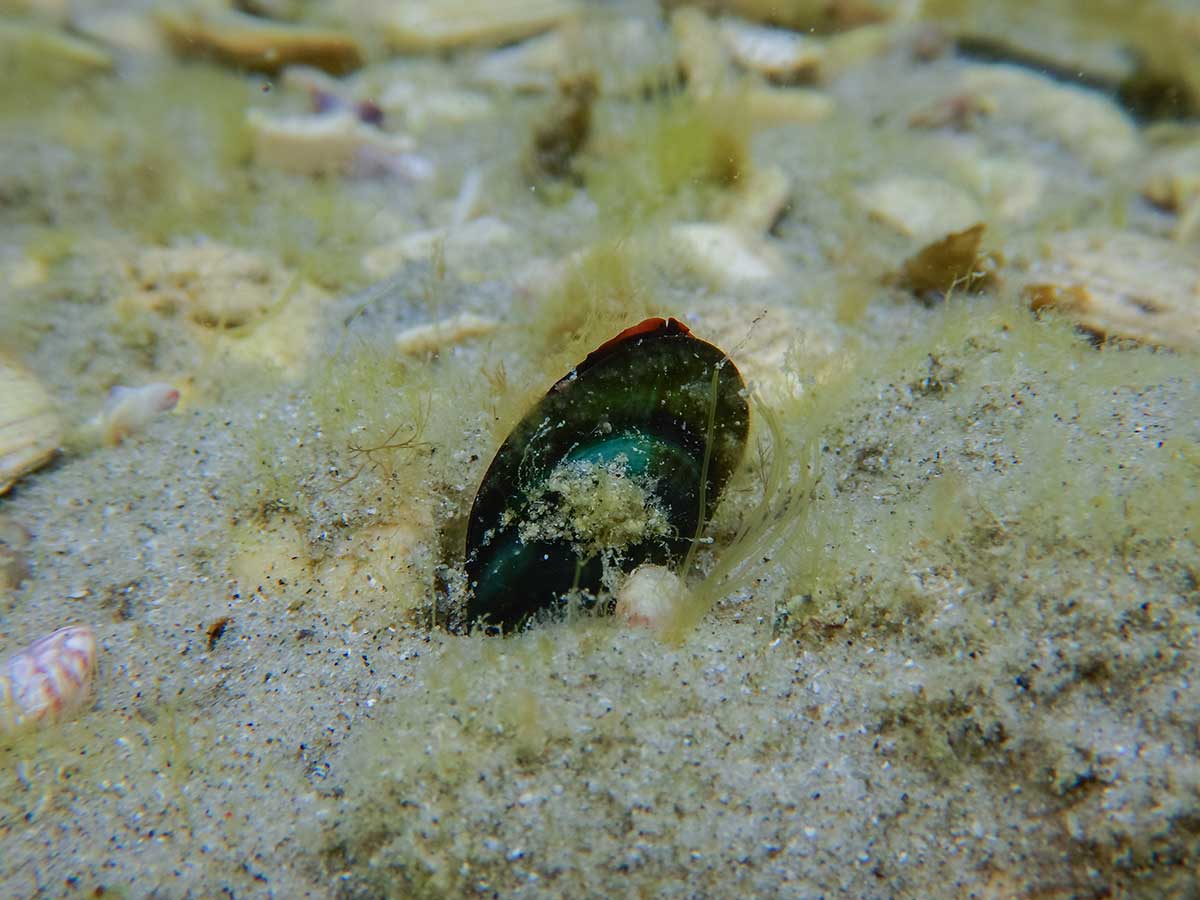
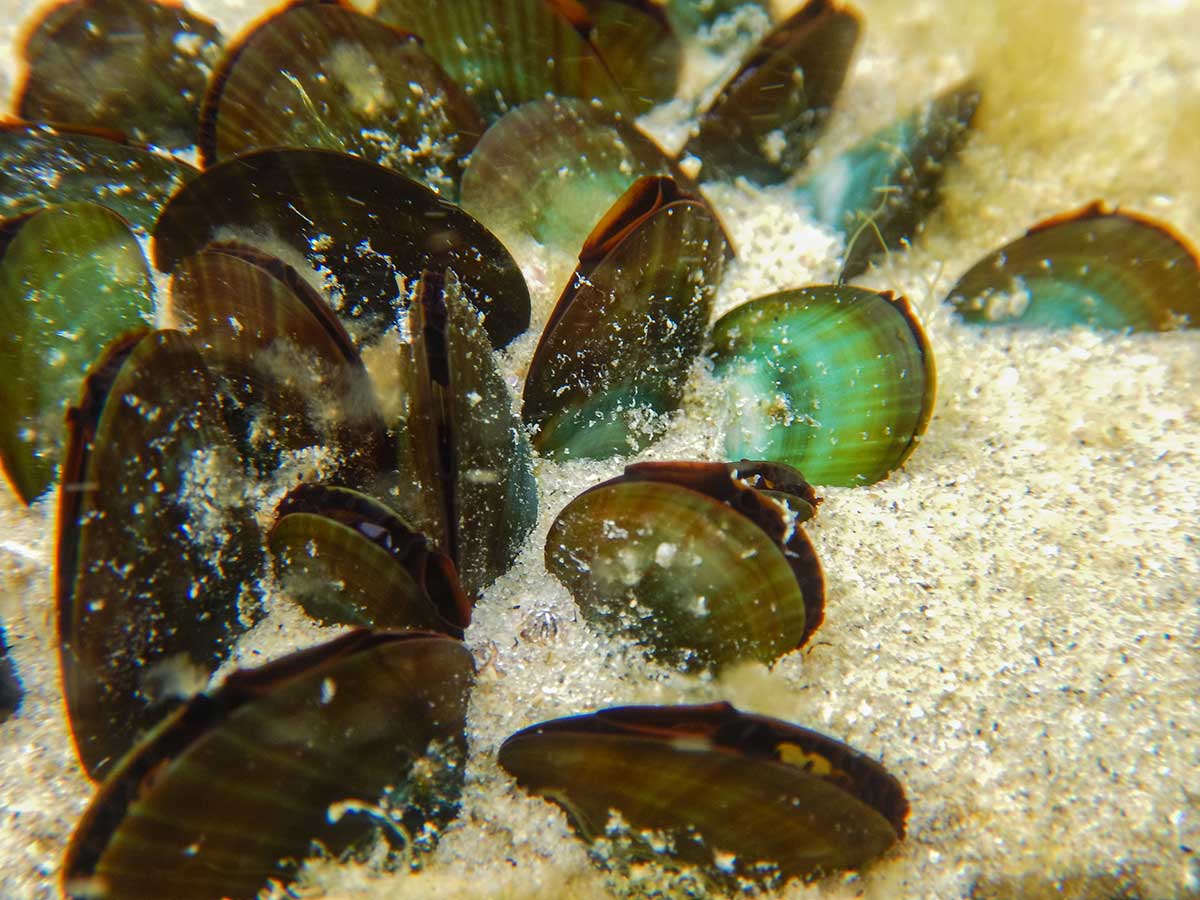
It seems the cockle and pipi shells have created a firm substrate for the juvenile mussels to attach to. Is this how the bed started of? No hydroids or red filamentous algae to attach to, just green algae and shell? If so this is a recipe worth exploring for aided restoration elsewhere in New Zealand. Local iwi (Patuharakeke Te Iwi Trust Board) have proposed a 2-year temporary closure to the take of all shellfish at Mair Bank and Marsden Bank, Whangarei.

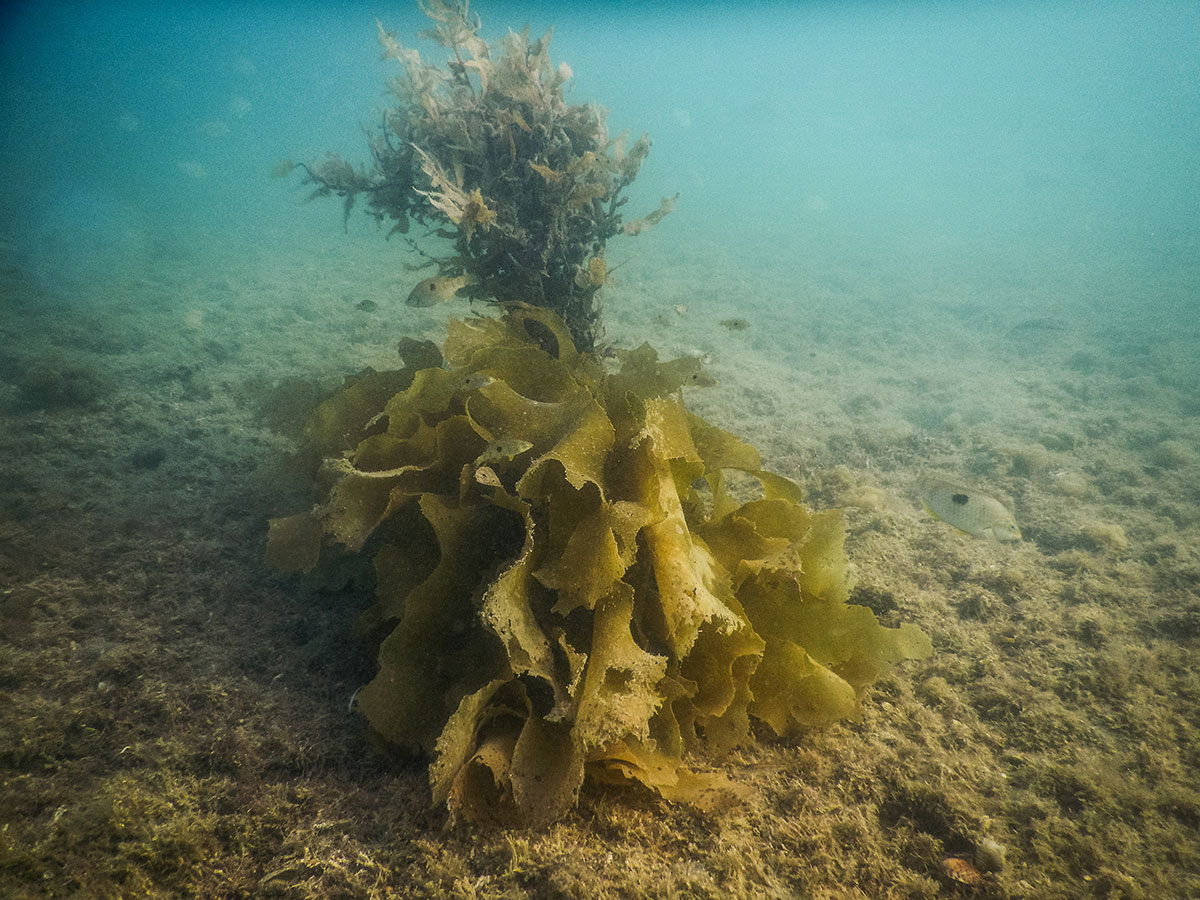
Note there was a large pipi & cockle die off on the shell bank where mussels appeared.
UPDATE: Nov 2017
There are isolated individuals ranging for a hundred meters or so west of the main bed. Most mussels were around 6-8cm long. I could not find blue mussels in the bed, I did however see fish eggs, octopus, crabs, evidence of fish feeding on the mussels, triplefins and many shorebirds enjoying the exposed reef. The mussels were also growing in smaller patches off the edge of the sand bank into the channel where I found the remnants in Dec 16.
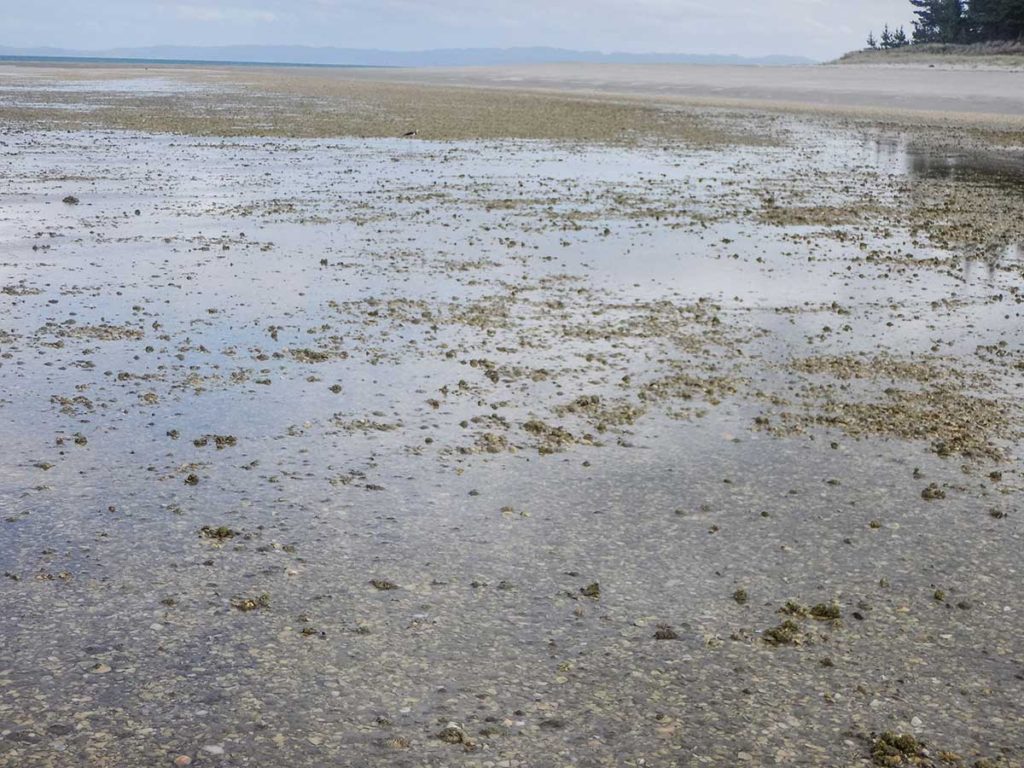
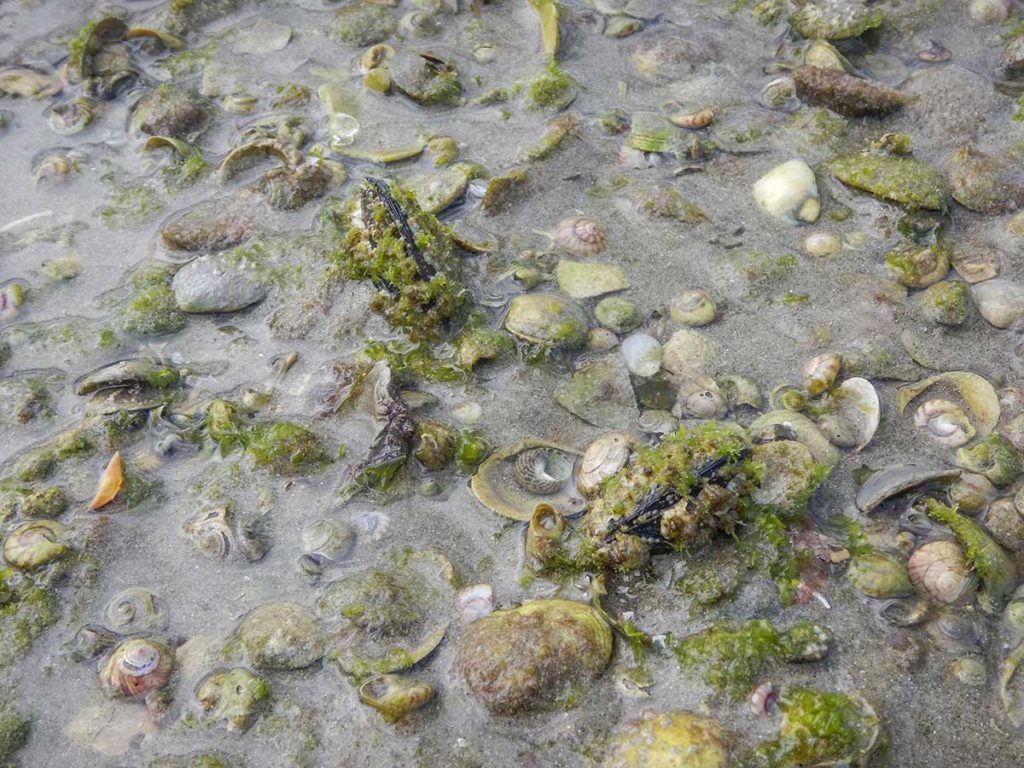
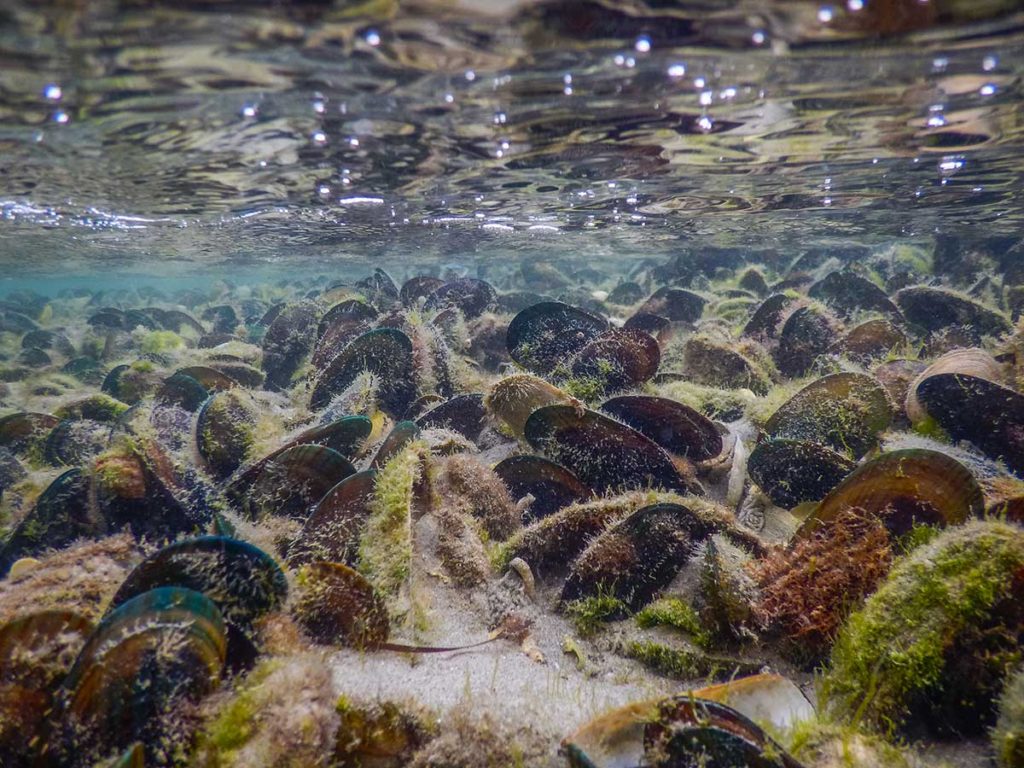
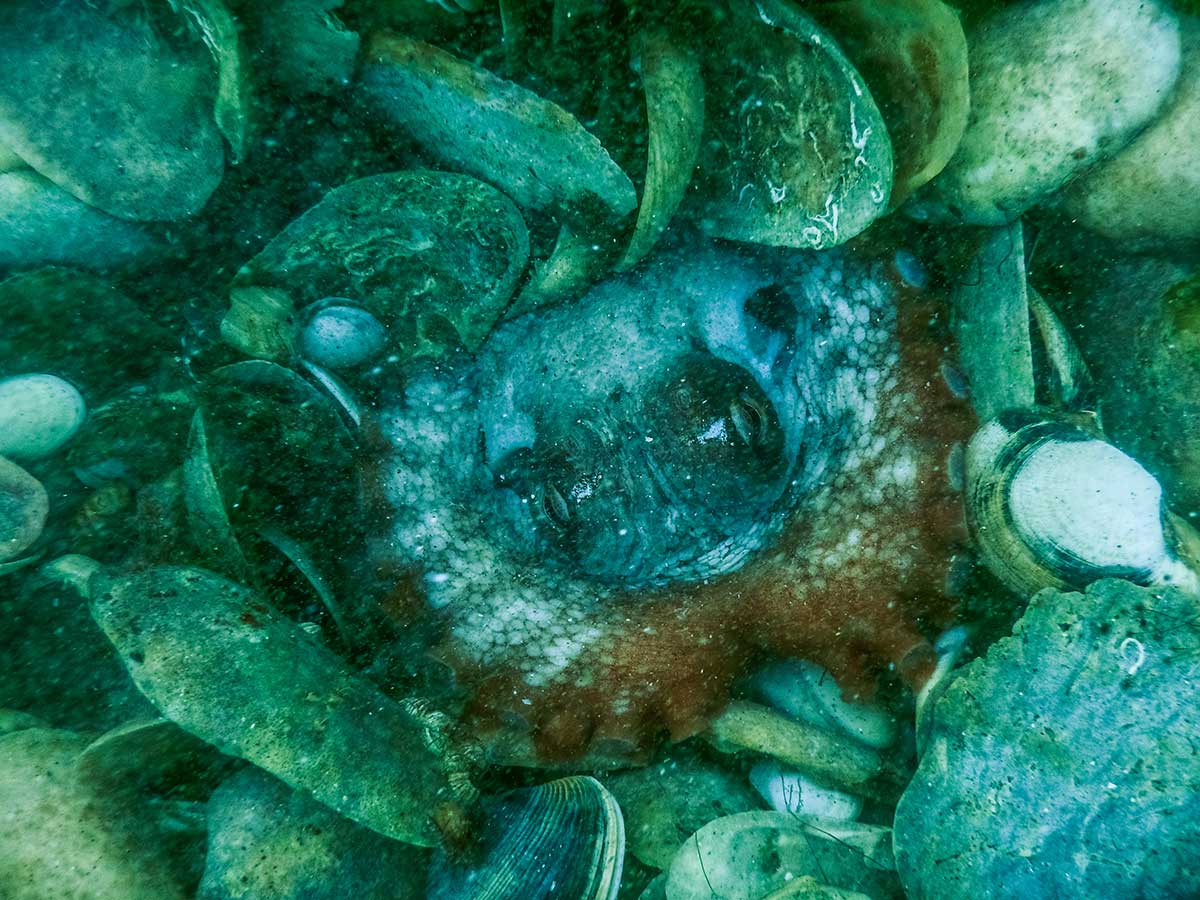
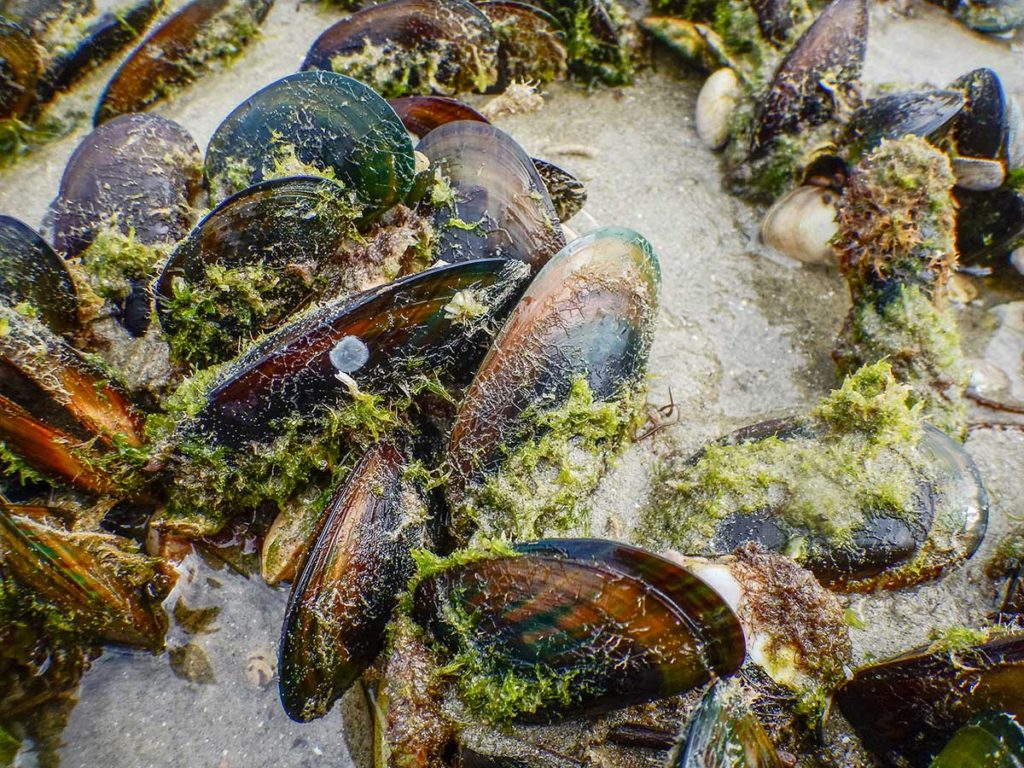
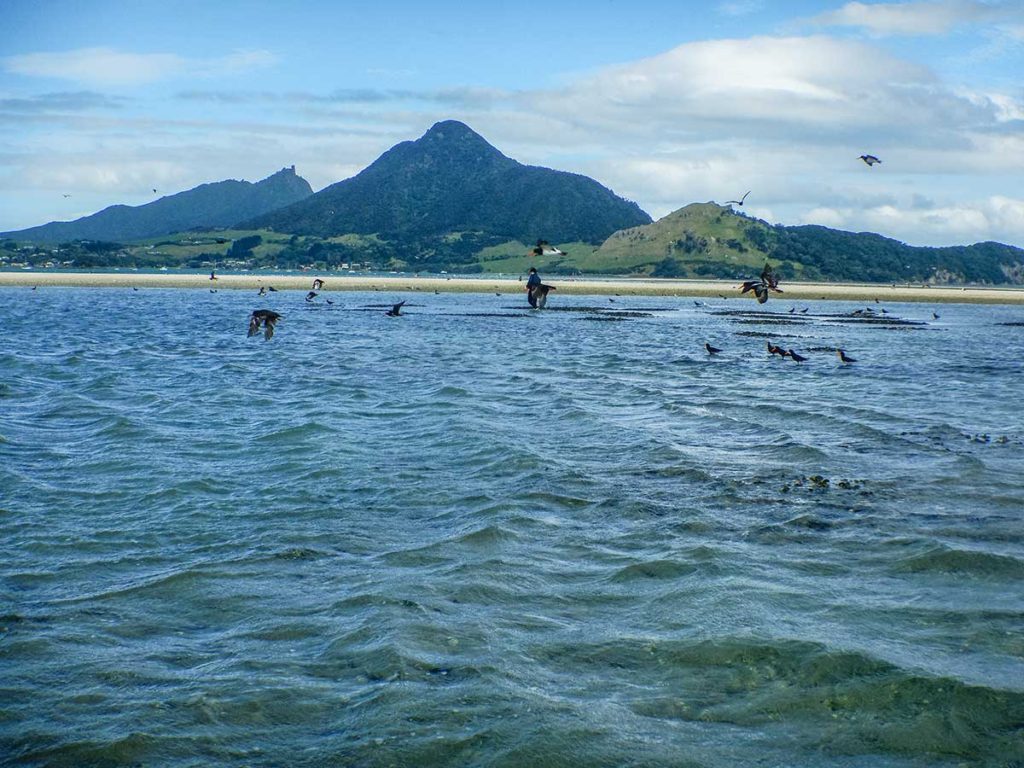
Hopefully this bed continues to regenerate despite the massive human harvesting effort. Identifying and protecting the seed stock would go a long way towards this.
The current here is very strong, here is a short video of 1,000s of young pipi swept in current. They seem to be regenerating.
UPDATE: Jan 2018
Two insights after talking to locals.
- Mair Bank was once covered in a thick carpet of large mussels with live pipi underneath.
- In the late 1950s / early 1960s (1963?) there was a commercial operation that dredged the whole bank, taking out all the mussels.
- The pipi die off could have helped the mussel bed by providing a settlement substrate. The pipi could have consumed mussel spat that may have perviously tried to settle the bed.
Also the beds look choice at high tide, I saw sea hares and piper fish. Look how many species in this photo:
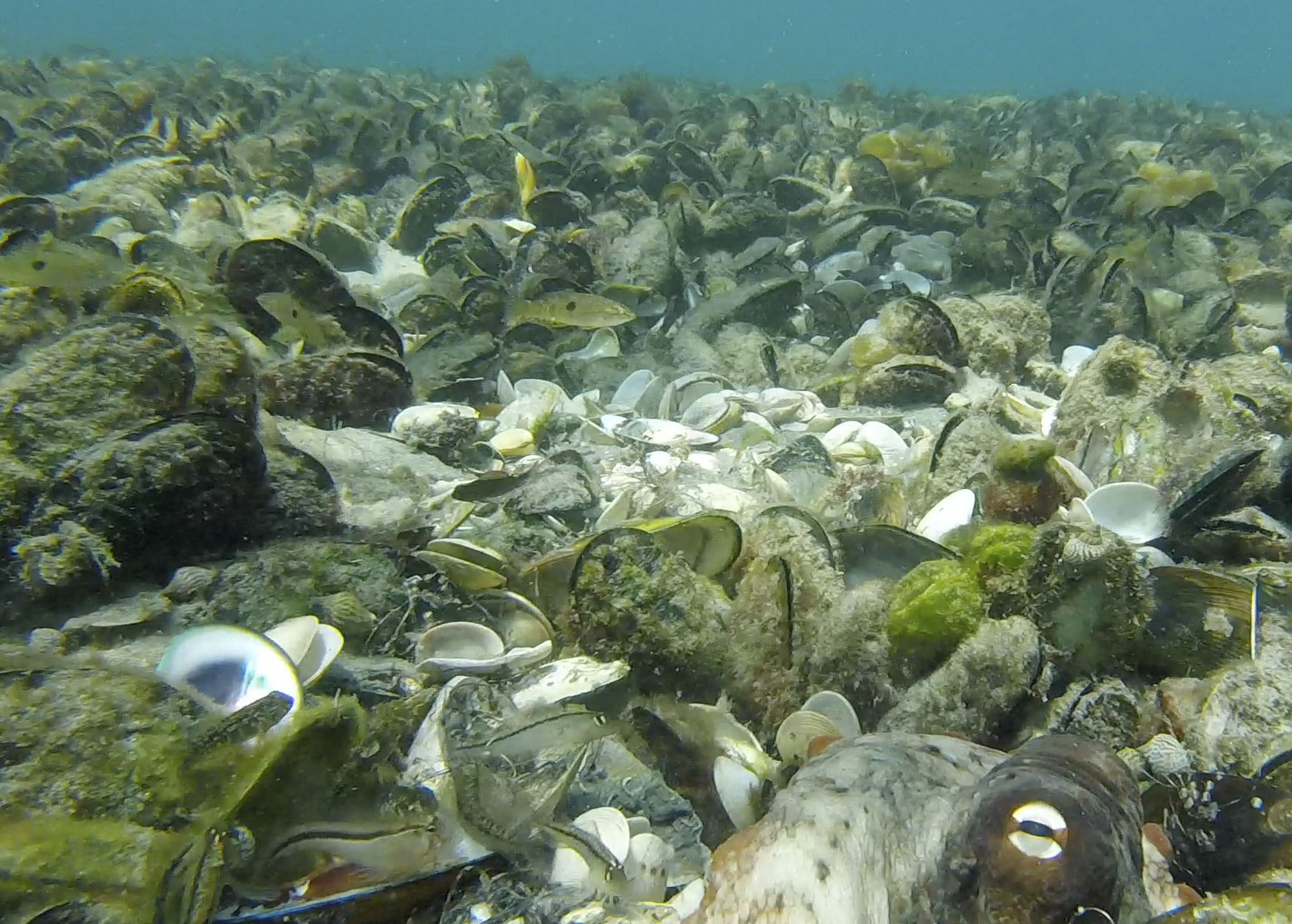
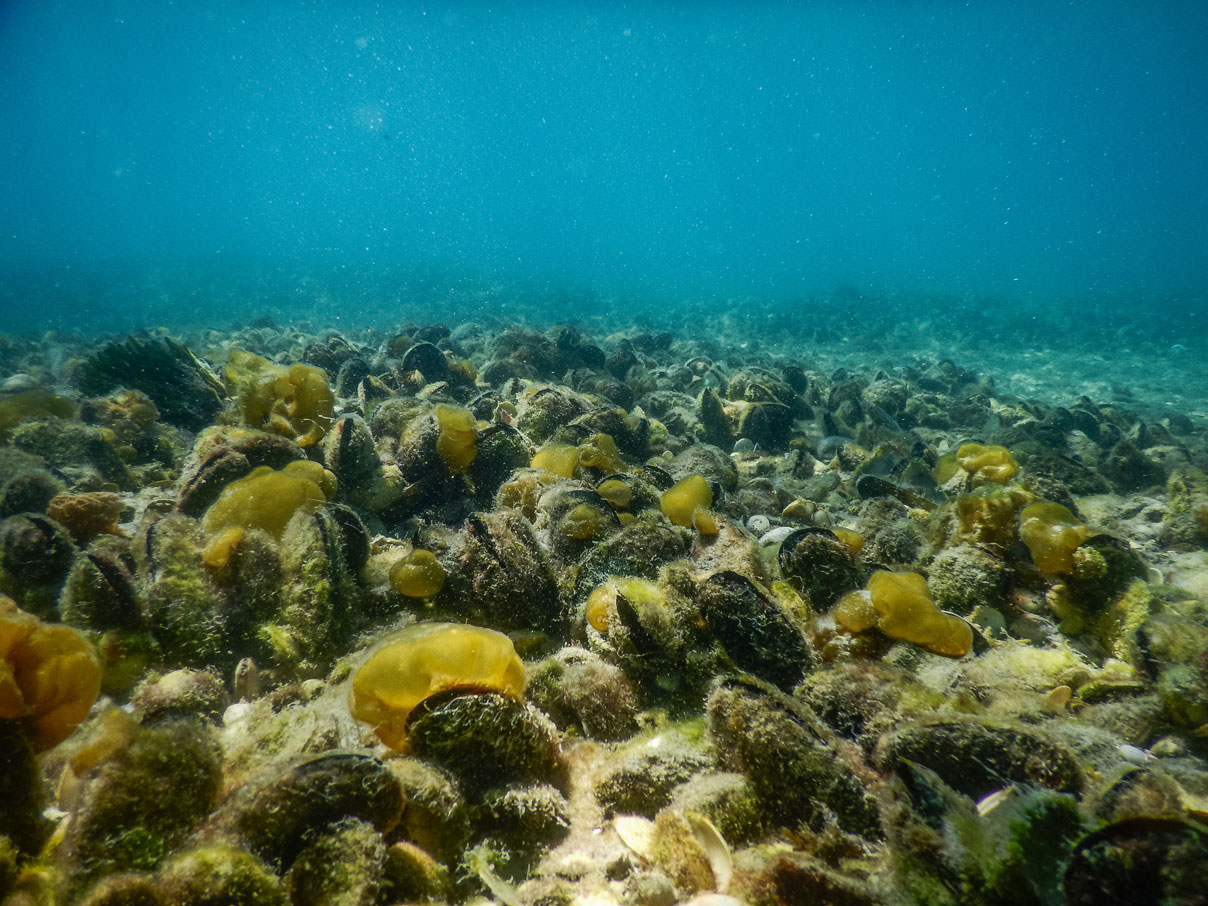
UPDATE: Feb 2018
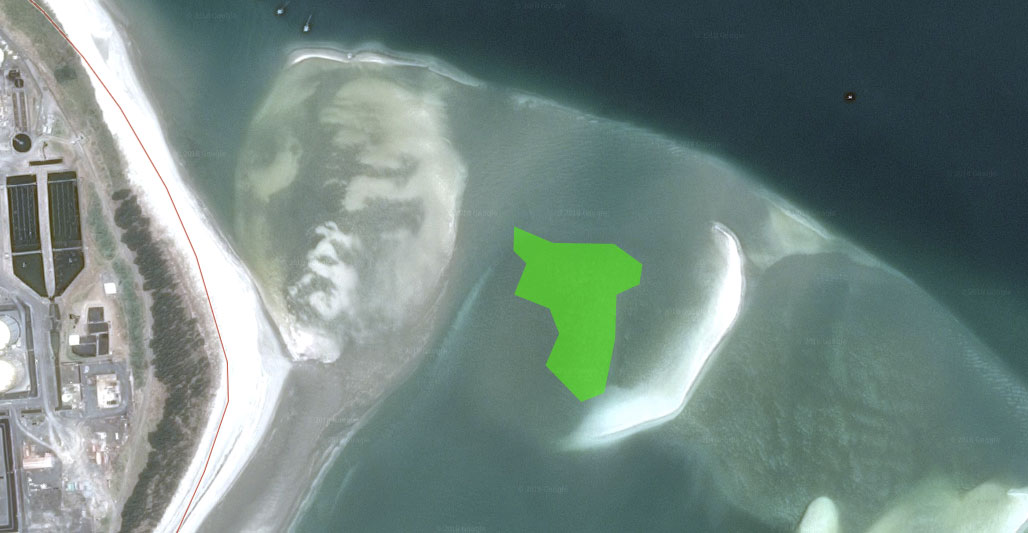
I managed to track down a report which mapped the bed in Feb 2016. They worked out that the mussel bed then covered an area of approximately 12,800m2 and had an average coverage 38.3%.
UPDATE: Jul 2020
Conditions were rubbish but I had a good look around and could not find the mussel beds. I could not see any mussel shells so I assume the mussels were taken by humans and the rahui on all shellfish in the area was not strong enough protection. The Northland Regional Council could now look at protection measures given the Motiti decision.
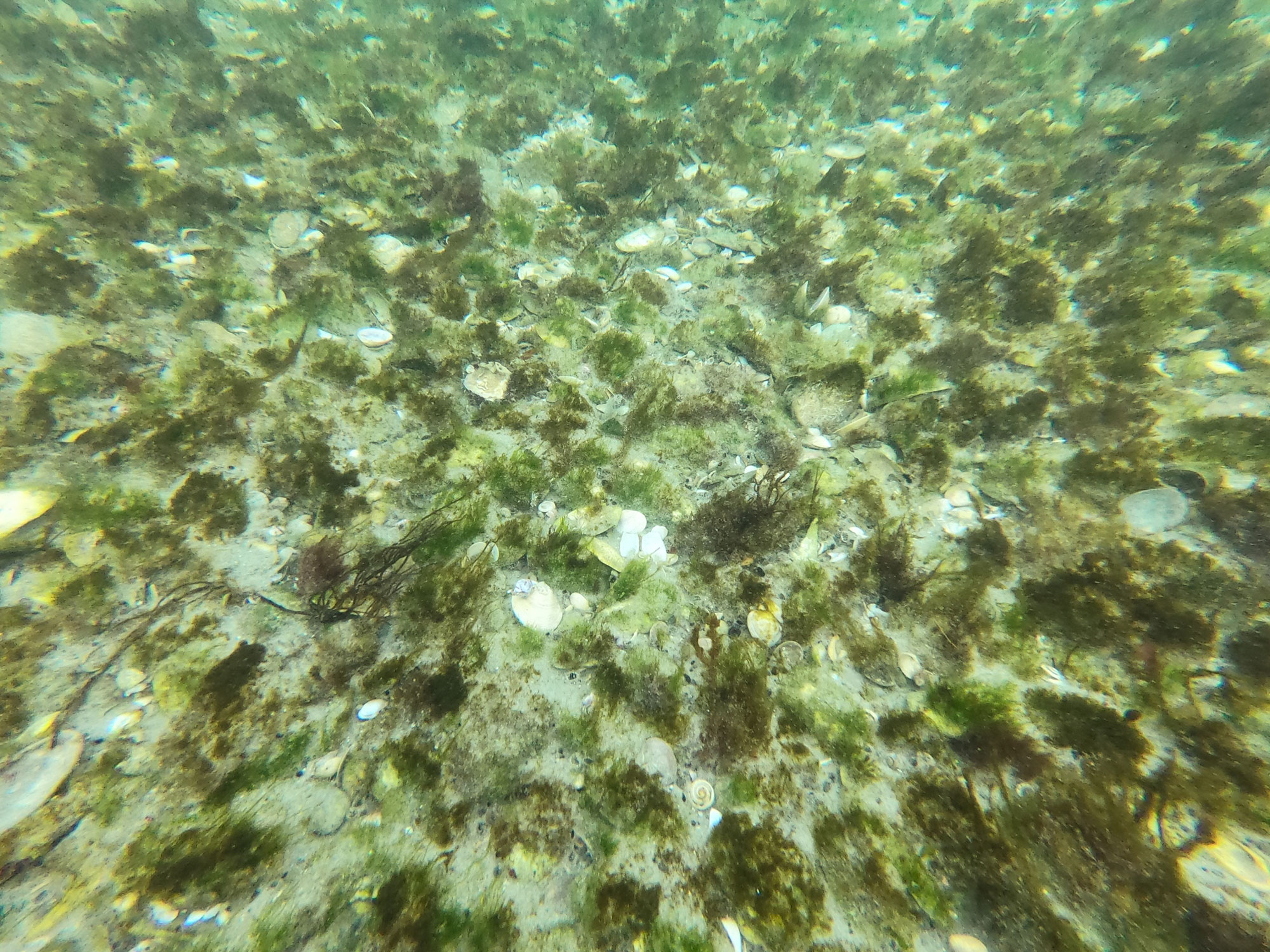
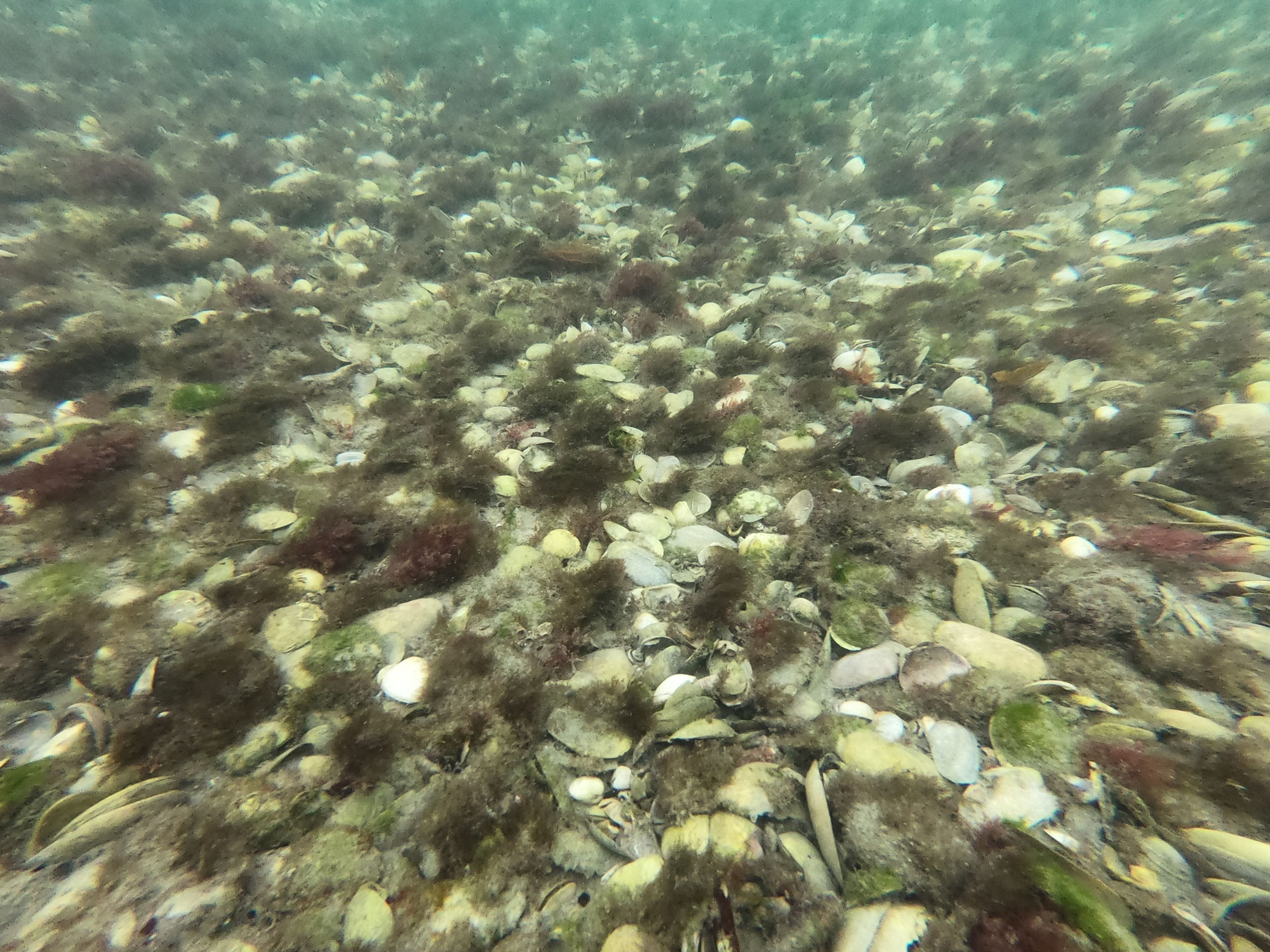
There is a lot of algae on the shellbanks which could help the beds return as it is important for the initial recruitment phase for several species of shellfish. We need to find the original adult mussel bed that seeded this bed and protect it so it does not disappear like this one.
Te Tauoma – Point England concept plan
Images have been released of the Point England concept plan.
Although it looks pretty and I welcome the Omaru creek enhancements (that Watercare have been working on) and the walkway upgrades (that Auckland Council have been working on) there are some major problems:
- 50% of the existing dotterel nesting ground will be replaced with houses (click on the map below).
- Northern New Zealand dotterel don’t use wetlands or go near trees, they need open space. However the proposed wetland will be great for the pukeko and spur-winged plover which predate the dotterel.
- The houses and pathways will bring people cats and dogs into the area destroying the bird roost. The Tamaki Estuary will loose 50-90% of its remaining shorebirds (mostly South Island pied oyster catchers).
But lets not take my word for it (I am not a ecological scientist). We need an independent ecological impact assessment done before the bill is passed.
Follow the development at savePE.org.nz
Will the Tāmaki Estuary lose the last of its shorebirds?
After surveyors interrupted the start of the breeding season at Point England I was worried about what someone might be planning. With fantastic support from Auckland Council we have been looking after the endangered New Zealand Dotterel that nest in the paddock for several years now.
It’s been hard work but the dog walkers in particular have been awesome, and we have had some real highs like the fledging of our first dotterel chick and regular visits from one of New Zealand most critically endangered birds the shore plover.
The paddocks have cows which keep the grass short, but the birds do not come for the grass. Migratory birds like bar-tailed godwits fly from the other side of the world to feed in the expansive mud flats of the Tamaki Estuary. When the tide comes in all the wading birds seek refuge above the high tide line. But if you look on Google you will see there are no roosting areas along the margins of the Tamaki. There is some green but it comes with trees, dogs or rugby balls. So the majority of the white faced herons, royal spoonbill, South Island oystercatchers, variable oystercatchers, New Zealand dotterel, banded dotterel and pied stilts all make there way to the paddocks. For most of the year there are small ponds in the paddock so when a harrier flies over and sends hundreds of birds into the air its like your’e in a David Attenborough documentary.
So this was released today. A bill to turn 11.7ha of the 48ha reserve into 300 houses will be introduced to Parliament tomorrow. It doesn’t mention any wildlife whatsoever.
Here is my map of the area which shows where nationally vulnerable dotterel have nested in the past (this will now be houses).
I asked Auckland Council about the surveyors and was told they could tell me nothing. I have lots of signage in the area and yet no one has consulted with me or anyone who works with the birds.
When the houses, people dogs and cats come, where will the Tāmaki birds go? For those of you who know Tahuna Torea its a beautiful place but its not suitable habitat for wading birds. Dotterel have never bred there and with the mangroves, trees and people it is no longer the primary resting place of Torea (Oystercatcher). That job has been Point Englands for decades. Data here.
So with this last development will the Tāmaki Estuary lose the last of its shorebirds?
Follow the development at savePE.org.nz
Evasive weeds
One of the hardest aspects of restoring and maintaining native habitat is weed control. Cliff faces are the most expensive often requiring carrying heavy loads to remote places and abseiling or a helicopter. Today I watched as DOC, Motuihe Trust and Yamaha trailed spraying pampas from an unmanned helicopter. The RMAX helicopters are piloted by remote control and used in a wide range of industrial and research applications overseas. The trial was a success and the team have plans to further improve the precision of the technology.
Aucklands waste
This infographic was adapted from a piece of work I just completed for the Industry Pollution Prevention Program (IP3). The landfill problem is huge and scary.
Duvaucel’s gecko return
I was stoked to photograph this historic translocation. For the first time in a century, the Duvaucel’s gecko can now be found in mainland New Zealand thanks to a successful reintroduction of the species into Tāwharanui Open Sanctuary.
